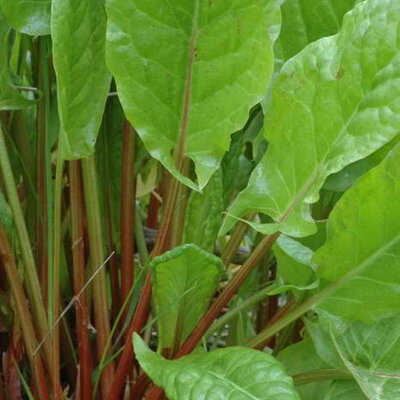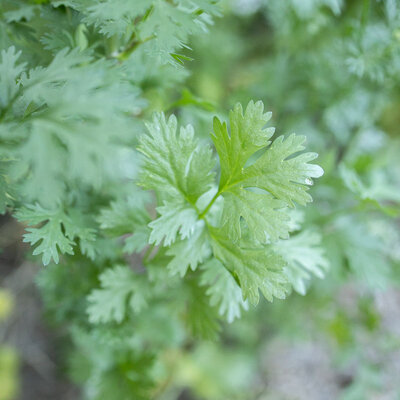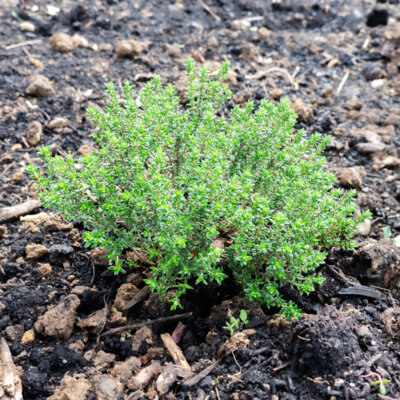
Sorrel
This ancient variety produces clumps of oblong green leaves with a tangy flavor that can be eaten raw or cooked, but in moderation, as sorrel is rich in oxalic acid.
The variety can reach 60 cm in height.
These products may also be of interest to you
in bucket, in the ground, online
Sow in pots. Transplant when plants have 4 to 5 leaves, every 30 cm, in rows spaced 30 cm apart. You can also sow directly in situ, after the last frosts. Thin out every 30 cm.
Water regularly to prevent the leaves from becoming bitter. Harvest as needed.
February, March, April
March, April, May, June
May, June, July, August, September, October
in the ground, in pot
semi-shade, sunny
medium
clayey, humus
heavy, rich
Rumex acetosa
mid-season
1 gram
crunchy
Green, Bronze green
From 50 to 60 cm
From 7 to 15 cm
elongated
Europe / Asia
1883
"Vilmorin-Andrieux "Les Plantes Potagères
This ancient variety from Europe and Asia is mentioned in Vilmorin-Andrieux's 1883 book "Les Plantes Potagères".
Sorrel is rich in vitamins C and E, and contains valuable trace elements such as iron, magnesium, copper and zinc. It also contains chlorophyll and carotene. Carotene is an antioxidant with a recognized role in the fight against cardiovascular disease, certain cancers and deterioration of eyesight. Sorrel is also said to have aperitive, digestive, refreshing, depurative, tonic and laxative properties, although its consumption is not recommended for people suffering from gastric hyperacidity, rheumatism, haemorrhoids or kidney problems, due to its high oxalic acid content.











